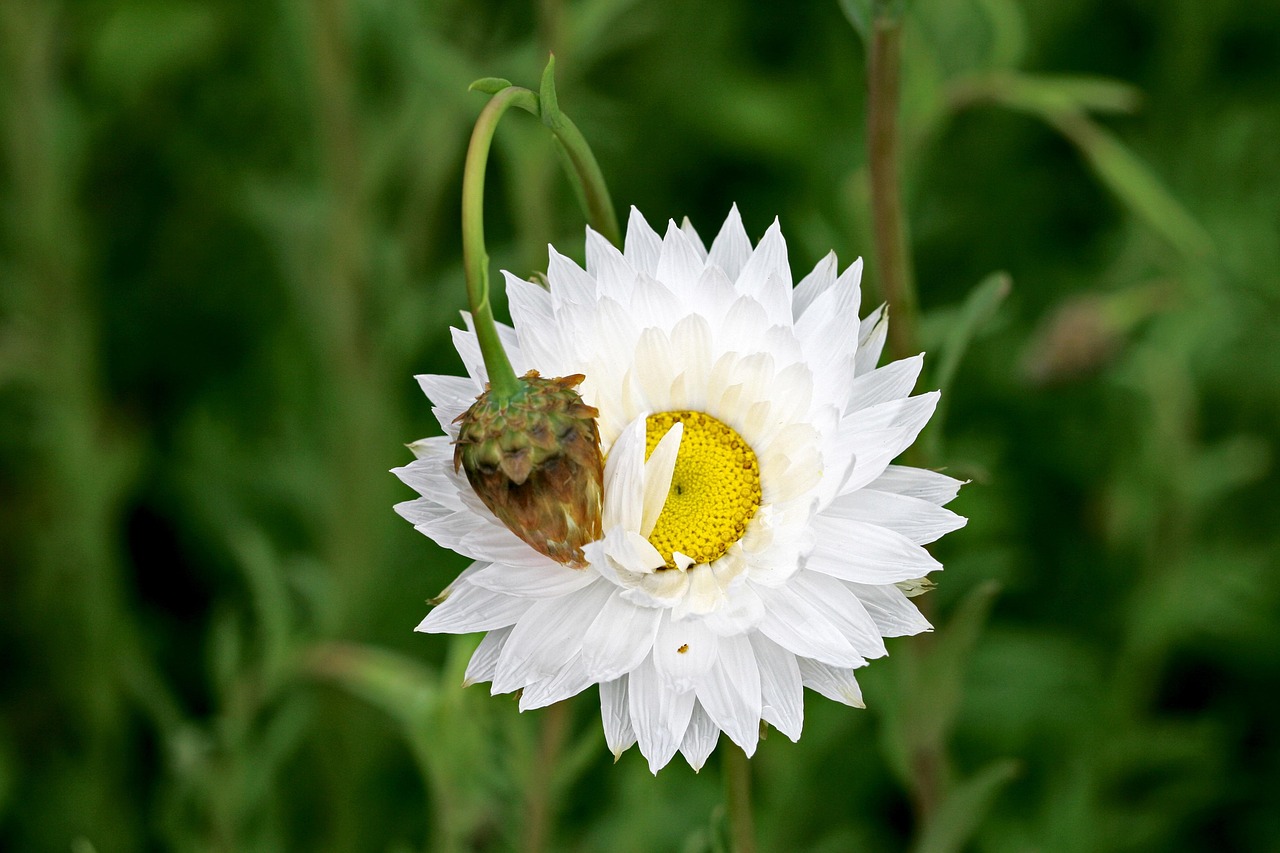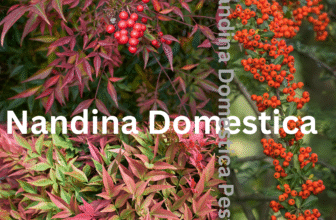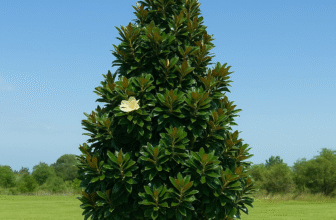
Australia is famous for its wild beauty, and at the heart of it all are our native plants. From the bush to the backyard, these plants are tough, beautiful, and essential for our landscapes. If you’re planning a garden that thrives in our local climate, looks stunning, and supports native wildlife—native plants are your best mates.
In this 2025 guide, we’ll explore the top Australian native plants, how to grow them, their benefits, design tips, and much more. Whether you’re a first-time gardener or a seasoned green thumb, this easy-to-read blog will help you create your very own slice of Aussie nature.
🌿 Why Choose Australian Native Plants?
Here’s why more Aussies are planting natives:
- Climate-Ready: These plants are born to survive Australia’s tough weather—drought, heat, and poor soil.
- Low Maintenance: Once established, they need less water, fertiliser, and care than exotic plants.
- Wildlife Friendly: Native plants attract birds, bees, butterflies, and even lizards.
- Unique Beauty: Think vibrant bottlebrushes, graceful grevilleas, and silver-leaved emu bushes.
- Support Biodiversity: Growing native plants helps preserve our natural environment.
🌸 Top 12 Australian Native Plants for Your Garden
Let’s explore a mix of flowering, structural, and ground cover plants perfect for Aussie gardens.
1. Kangaroo Paw (Anigozanthos)
- Features: Bright claw-shaped flowers in red, green, or yellow.
- Great for: Colourful borders and attracting honeyeaters.
- Tip: Needs full sun and well-drained soil.
2. Grevillea
- Features: Spiky foliage and vibrant spider-like flowers.
- Great for: Bird-friendly hedges or ground covers.
- Tip: Prune regularly to keep shape and encourage flowers.
3. Banksia
- Features: Cone-shaped flower spikes and rugged leaves.
- Great for: Coastal gardens and dry landscapes.
- Tip: Needs sandy soil and good air circulation.
4. Bottlebrush (Callistemon)
- Features: Bright red “brush” flowers and hardy nature.
- Great for: Screening plants and attracting birds.
- Tip: Tolerates pruning and grows well in most soils.
5. Eremophila Nivea (Silky Emu Bush)
- Features: Silvery foliage and soft purple flowers.
- Great for: Dry areas and low-water gardens.
- Tip: Avoid overwatering and plant in full sun.
6. Hardenbergia Violacea
- Features: Vigorous climber with purple pea-like flowers.
- Great for: Covering fences or walls.
- Tip: Cut back after flowering to encourage new growth.
7. Lilly Pilly (Syzygium)
- Features: Glossy green leaves and edible berries.
- Great for: Privacy screens and formal hedges.
- Tip: Choose a psyllid-resistant variety.
8. Wattle (Acacia)
- Features: Golden fluffy flowers and fast growth.
- Great for: Quick hedges and native bushland gardens.
- Tip: Some varieties are short-lived—check lifespan before planting.
9. Hakea Laurina (Pincushion Hakea)
- Features: Unusual red and white flower balls.
- Great for: Native feature shrubs.
- Tip: Loves sandy soil and full sun.
10. Pigface (Carpobrotus)
- Features: Succulent leaves and hot pink flowers.
- Great for: Coastal ground cover and rockeries.
- Tip: Extremely hardy and drought-tolerant.
11. Native Violet (Viola hederacea)
- Features: Small purple flowers and creeping habit.
- Great for: Shady spots and underplanting.
- Tip: Water well in dry weather.
12. Paper Daisy (Xerochrysum bracteatum)
- Features: Bright papery flowers in many colours.
- Great for: Cottage-style native gardens.
- Tip: Deadhead regularly to prolong blooming.
🌞 How to Grow Australian Native Plants
✅ Choose the Right Spot
Native plants usually love:
- Full sun or part shade
- Well-drained soil
- Some shelter from strong wind (for delicate species)
✅ Soil Tips
- Many natives dislike rich, heavy soils.
- Add sand or gravel to improve drainage.
- Use low-phosphorus fertiliser—regular ones can harm native roots.
✅ Watering
- Water deeply when young.
- Reduce watering once the plant is established.
- Mulch to retain moisture and keep weeds away.
✅ Pruning
- Most natives respond well to light pruning after flowering.
- Regular trimming helps keep plants neat and encourages more flowers.
🏡 Design Ideas with Native Plants
Here’s how to make your native garden stylish and functional:
🌾 Wildlife Garden
- Mix flowering natives with grasses.
- Add bird baths and insect hotels.
- Choose nectar-rich plants like grevilleas and bottlebrushes.
🪴 Small Backyard or Courtyard
- Use compact natives in pots.
- Try dwarf kangaroo paws or native violets.
- Hardenbergia works well in vertical gardens.
🏖 Coastal Native Garden
- Choose salt-tolerant plants like pigface, banksia, or coastal rosemary.
- Use crushed granite or pebbles as mulch.
- Protect young plants from strong sea winds.
💧 Low-Water Garden
- Eremophila, wattles, and hakeas thrive with minimal water.
- Use gravel mulch and group similar species together.
- Avoid thirsty lawns—use native ground covers instead.
🌱 Benefits of Native Plants in 2025
With climate change and water restrictions in focus, native plants are a smart choice:
- ✅ Reduce water bills
- ✅ Improve biodiversity
- ✅ Resist local pests and diseases
- ✅ Boost property value with unique appeal
- ✅ Require fewer chemicals—safer for pets and kids
🤔 Common Questions About Australian Native Plants
❓Can I grow natives in pots?
Yes! Choose dwarf or compact varieties like small grevilleas or kangaroo paws. Use native potting mix and ensure good drainage.
❓Do native plants attract bees and birds?
Absolutely. Plants like callistemons, grevilleas, and wattles are magnets for pollinators and nectar feeders.
❓How often should I fertilise?
Twice a year is enough—use a low-phosphorus native fertiliser. Avoid overfeeding.
❓Can I mix natives with exotics?
Yes, but choose companions that enjoy similar conditions. Avoid invasive species that can outcompete natives.
❓Are all native plants drought-tolerant?
Most are, but some rainforest natives need regular water. Always check the plant label or ask your local nursery.
🧭 Regional Tips for Growing Natives
🌵 Outback & Arid Areas
- Use desert species like Eremophila and Acacia.
- Shade young plants until established.
- Water deeply and less often.
🏔 Cool Climates (Tasmania, Alpine)
- Try waratah, native violets, and mountain correa.
- Protect from frost and cold winds.
🌊 Coastal Regions
- Use salt-tolerant species like banksia, pigface, and coastal rosemary.
- Windbreaks help protect fragile plants.
🌧 Tropical & Subtropical Areas
- Use lush species like lilly pilly, tree ferns, and native gingers.
- Mulch well to keep roots cool and moist.
💡 Pro Tips for a Thriving Native Garden in 2025
- 🌱 Start small—add a few natives each season.
- 🐨 Choose local species suited to your area.
- 🐝 Avoid pesticides—support natural predators.
- 🌼 Group plants by water needs.
- 🪵 Add logs, rocks, and mulch to mimic bush habitats.
🔄 Artificial vs Real Native Plants (Bonus Tip)
Want the look of native plants without the maintenance?
- Artificial natives like faux eucalyptus, grevilleas, and banksias are now widely available.
- Ideal for balconies, events, or shaded spots.
- Pair them with real plants for a lush, low-effort aesthetic.
Just make sure they’re UV-resistant and designed for outdoor use if placing outside.
📝 Final Thoughts: Celebrate the Aussie Landscape
Australian native plants offer so much more than beauty—they bring resilience, wildlife, and true Aussie spirit to your home. As we step into 2025, planting natives is more than a trend—it’s a lifestyle that helps you stay connected to our land.
So whether you’re in the suburbs, the bush, or by the sea, there’s a native plant waiting to bloom in your garden.
🔎 SEO Meta Description
Explore the best Australian native plants in 2025. Learn how to grow, design, and care for Aussie natives with our easy guide. Perfect for all garden sizes.
🔑 Suggested SEO Keyphrases for Google.com.au (2025)
- Australian native plants
- Best native plants for Australian gardens
- Low maintenance native plants Australia
- Grow native plants 2025
- Native Australian flowers for garden
- Wildlife-friendly Australian plants
- Drought-tolerant native garden ideas
- Australian native plant care tips
- Native garden design Australia
- Artificial native plants Australia





